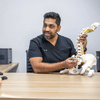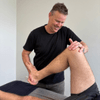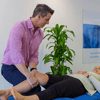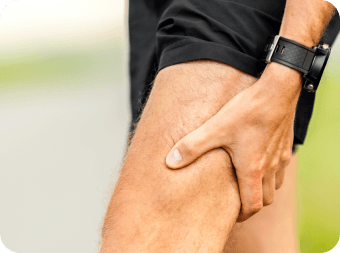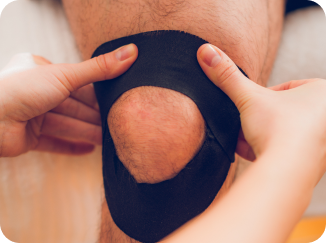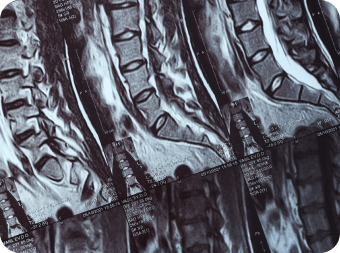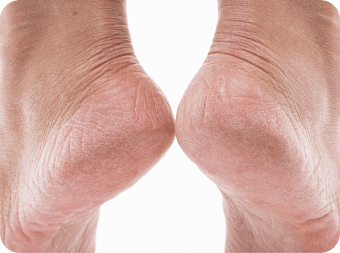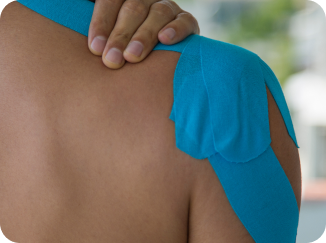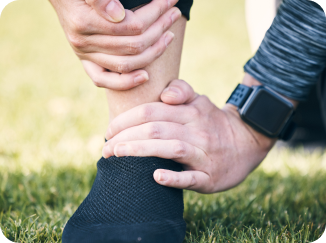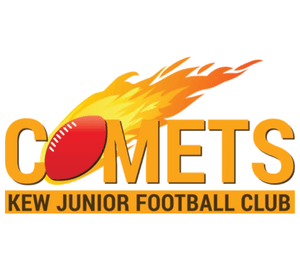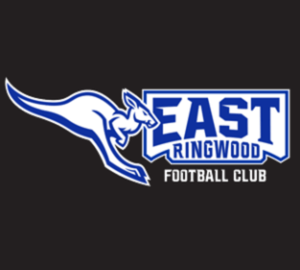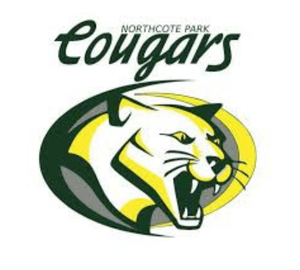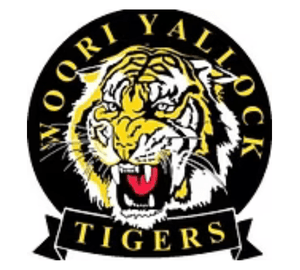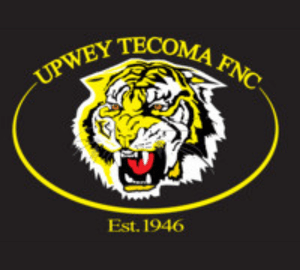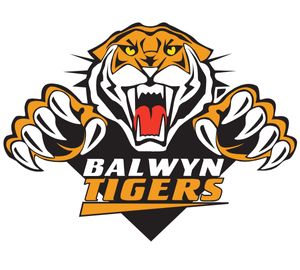More game time starts with optimal movement
Aussie Rules is one of the most demanding sports in the world, and players often experience major injuries such as concussions, ligament tears, shoulder dislocations, and sprains. Having a trusted physio who understands the nature of AFL injuries is critical to getting players back on the field stronger.
Restore Physiotherapy is an AFL physio centre specialising in injury management for AFL players as well as mobility optimisation for better player performance. Whether it’s before, after, or during the game, we’re your trusted musculoskeletal health partner.

